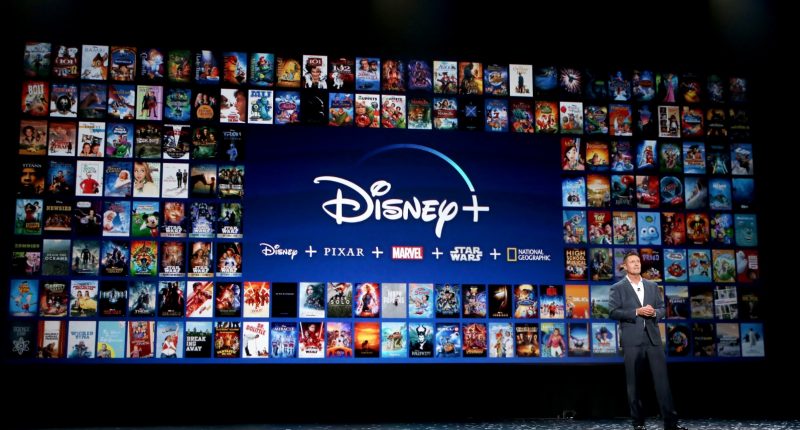The Walt Disney Company announced its quarterly earnings today, and it was pretty much along expected lines. Revenues, EPS, profits all declined significantly, owing to lockdown across the US due to COVID-19 pandemic. The losses however weren’t as bad, thanks to a rather decent performance from Disney’s streaming service, Disney+.
“Despite the ongoing challenges of the pandemic, we’ve continued to build on the incredible success of Disney+ as we grow our global direct-to-consumer businesses,” said Bob Chapek, Chief Executive Officer, The Walt Disney Company. “The global reach of our full portfolio of direct-to-consumer services now exceeds an astounding 100 million paid subscriptions — a significant milestone and a reaffirmation of our DTC strategy, which we view as key to the future growth of our company.”
Chapek further announced the company’s Q3 2020 earnings report saying that this growth is “far exceeding our initial projections for the service,” proclaiming 60.5 million subscribers for the service.
Last year Disney+ had told its investors that it would have around 60 million-90 million subscribers before 2024. Now, with this news, Disney+ has already achieved this goal three years before the deadline. The feat is remarkable, considering that Disney+ is a relatively new platform and was launched only nine months ago in November last year.
Now, the global reach of Disney’s full portfolio of direct-to-consumer services (including Disney+, Hulu and ESPN+) exceeds 100 million paid subscriptions. Disney+ leads the category, with 60.5 million subscribers in just 9 months. However, that should come as no surprise, as Disney announced in April that it had already acquired 50 million subscribers.
However, the Indian side of the business, which is facilitated by Disney+ Hotstar, generated far lesse revenue than its counterparts in other parts of the world. “The average monthly revenue per paid subscriber for Disney+ Hotstar is significantly lower than the average monthly revenue per paid subscriber in North America and Europe,” the earnings release read. That being said, the massive subscriber base for Disney+ also has fair contribution from the Disney+ Hotstar service in India. The service, which was previously called ‘ Hotstar’, already had a sound viewership. With the conversion to Disney+, all of that userbase has been consumed into the global streaming service.
While the number of subscribers on Disney+ inadvertently grew to numbers the company had not dreamt of, the revenue of The Walt Disney Company as a whole fell 42% YOY to $11.8 billion, which stood at $20.3 billion during the same time last year. Diluted earnings per share (EPS), or simply put, the amount that Disney makes per share, fell from an of income of $0.79 in the prior-year quarter to a loss of $2.61 this time around.
The company said that this was due to the impact of the novel coronavirus, that caused a closure of its” Parks, Experiences and Products segment”, as most of the company’s theme parks and resorts were closed for the entire quarter and its cruise ship sailings were suspended.
However, this emerged as an opportunity for the company to boost its its direct-to-consumer and international business, which grew 2% year-over-year, to $4.0 billion. That being said, this expansion did not come without a cost as losses widened as well- from $562 million to $706 million.
CEO Bob Chapek had another surprise for the platform’s subscribers, announcing that the much-awaited Mulan will premiere on the service on a “premiere access” basis on Sept. 4 for $29.99. This new exclusive premiere should act as huge business generator for the company. Bob Chapek himself said that the premiere access window created on Disney Plus for “Mulan” acts as a “fairly large stimulus” for new consumers to sign up and subscribe for the streaming service. He said that “We find it very interesting to take a premiere offering to consumers at that $29.99 price and learn from it.”
The Tech Portal is published by Blue Box Media Private Limited. Our investors have no influence over our reporting. Read our full Ownership and Funding Disclosure →





